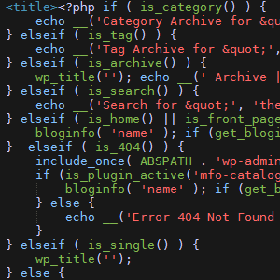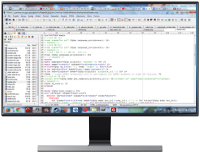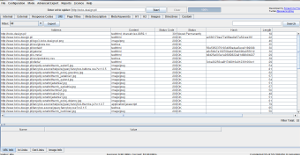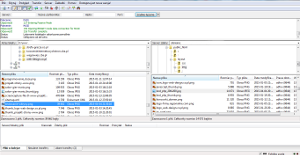Designing a website is not a simple process and, like creating a house design, consists of several key stages. For the work to proceed efficiently, each stage should be completed in the correct sequence. Since we value both our clients' and our own time, modifying a stage already approved by the client involves additional costs. This is because work completed in subsequent steps often has to be redone entirely from scratch.
The first stage involves gathering information from the client about what they expect from the website. Often, clients commissioning a site do not have a clear vision of how it should look or what it should contain. We are aware of this, which is why we have prepared a set of questions for clients. These questions allow us to get a general picture of how the website should look, its functionality, color scheme, reference websites, etc. If necessary, as specialists in our field, we also offer advice to help clarify the client’s vision. Gathering this information enables us to move on to the next step.

After collecting information from Stage I, we proceed to prepare an initial layout design. It does not include any graphic elements, as its purpose is to present the website’s structure, which will later serve as the basis for building the layout. This template allows the client to review the proposed arrangement of website elements. For responsive websites designed for mobile devices, the client receives two designs (one for computers and large-screen devices, and another for tablets and smartphones). Once approved, we move on to the next stage.

With the approved website template, we begin creating the layout design. At this stage, it is crucial for the client to provide elements identifying their business that should appear on the site (e.g., company logo, photos of the business, completed projects, etc.). These elements are incorporated into the layout, which is then submitted for the client’s approval. The graphic design usually does not include final texts, often replaced with automatically generated placeholder text like "Lorem ipsum."

Based on the layout approved by the client in Stage III, we prepare a website template compliant with W3C guidelines. We create CSS3 style sheets to ensure the website appears consistent across all popular browsers. If the site is to be responsive (scaling depending on screen resolution), separate styles are prepared for mobile devices (e.g., tablets, smartphones). This step does not require additional consultations with the client.

This stage involves designing the website engine, database, and content management system (or choosing a ready-made solution that meets the client’s needs) and implementing all functionalities expected by the client. In some projects, this step may involve client consultations (e.g., detailed operation of specific engine or CMS elements).

Before the website is launched, it is tested for proper functionality and display across various browsers. This stage also involves optimizing the website’s source code. After successfully passing the tests, the site is made available to the client under a temporary address for their review to ensure it meets their expectations.

After receiving the client’s approval for Stage VI, we proceed to implement the website. For this, we require the client to provide appropriate information: FTP server address, login, and password (this information can be obtained from the hosting provider). If the website also needs to be linked to a new domain, the client must provide domain management panel credentials. After implementation, the website undergoes a second round of testing at its final address. Successful verification marks the end of our work. Finally, the client receives a backup of the website as a packaged file. It is also possible to burn the website copy onto a CD/DVD.


For clients who value personal contact, we offer the possibility of meetings in Poland (Mosina, Wągrowiec, or Poznań). To discuss the details of individual stages, we can meet at the client’s office or another location chosen by them.